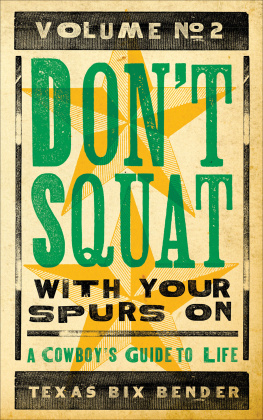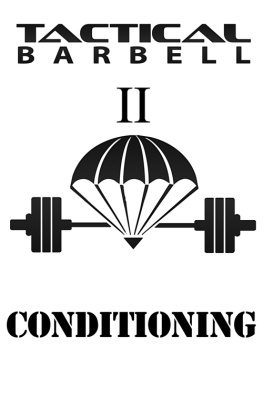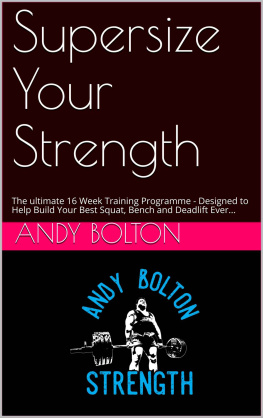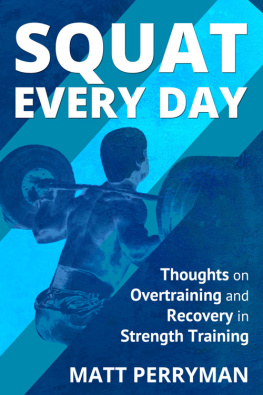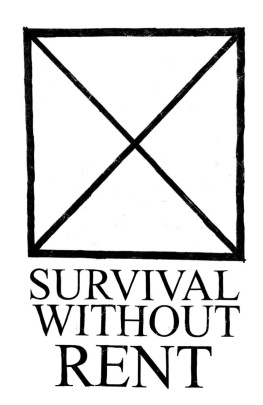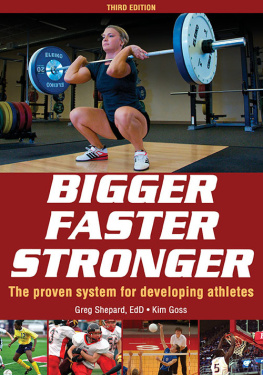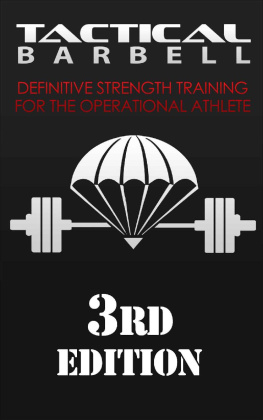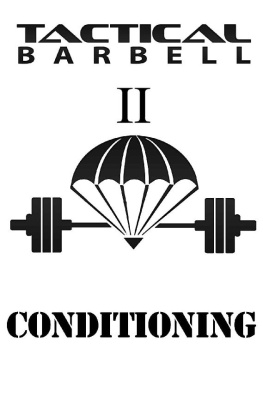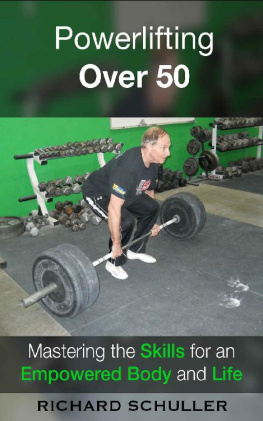"I have been in the health and fitness industry for over a decade now, and havent come across many professionals as committed to his craft as Dr. Masi.
Its safe to say that he has become the ultimate resource for the weightlifting and powerlifting community.
I not only respect his work, but respect how passionate he is about patient/ client care and achieving optimal outcomes, fast.
I would highly recommend anyone in need of rehabilitation, strength-sport guidance, and/or improvements in sports performance and conditioning to seek out Mike for help achieving their goals."
Dr. Andrew L Kenas
To say thanks for reading this book, I'd like to offer you 15% off my one-on-one coaching AND my squat science course .
For those of you reading for your own personal improvement:
Have questions about any strategy or technique that you read in this book? Not sure where to begin? Cant figure out which approach would work best for you specifically?
Work with me one-on-one to fix your squat! I provide remote programming and coaching for a handful of strength sport athletes.
Click below for more details, and use the promo code Hackmysquat15 at checkout!
For those of you reading to help your clients:
We are creating our online Squat Science Course which is designed to help you analyze and improve your clients squat form.
By the end of the course you will have the knowledge, tools, and resources needed to teach and fix the squat for ALL of your clients!
If youre interested, sign up to be on the mailing list and receive your discount code!
Table of Contents
Authors note
I am very proud of this book.
Authoring this was an arduous feat, and not for lack of ideas. I could easily recite this content in my sleep. Keep in mind, I have been practicing with the strength-sport populations for over a decade now and Ive seen every combination of body style, athletic ability, anthropometrics, and squat variance. Furthermore, I have helped these people reinvent the wheel when it comes to their squat so they can squat deeper, squat heavier, and squat pain-free.
Ive developed course content, co-authored textbooks, held webinars, in-services, skills days, grand rounds, and provided continued education services across a multitude of professions on the subjects of rehabilitation and strength and conditioning. Ive integrated all of this information multiple times over with my clients and myself, so this comes easy for me.
Unfortunately, I despise writing. Its a painstaking process of trying to find the right collection of words to get a message across without running on and getting lost down a rabbit hole. Constantly being aware of what tense Im writing in and attempting to avoid the pitfalls of using the prosaic medical argot that is now my second language, drives me insane.
Youll forgive me if this is not perfect?
Ive contemplated hiring VAs and writers to interview me and transcribe my ideas onto paper, but I feared that would lack a certain operational gestalt that would muddy my message.
And alas here we are.
In order to understand why I subject myself to this, and not continue with my aforementioned methods of teaching, youll have to see the health and fitness industry from my eyes.
My goal in writing this is to reach a larger audience. I was naive in thinking that earning a Doctorate degree would give me a platform to speak to the world. I was even more naive to think that seeking out countless advanced post-doctoral accolades would help me be recognized as an authority in the health and fitness universe.
Unfortunately this was more a recipe for an oppressive amount of debt than it is a means of making a true impact. Trying to do this through a traditional 9-5 job was near impossible, and my grievances here could fill its own book.
And dont even get me started on the insurance industry.
The truth of the matter is that we live in a world where anyone can claim themselves to be an expert. And these self proclaimed gurus and instagram models are out there promoting bro-science and cleansing products to millions of people meanwhile there are pomeranians on instagram that have larger followings than me.
In health and fitness, most of the people with a good message have a soft voice, and if I want to provide people with helpful, evidence-based content, then Im going to need a microphone!
Introduction
Most of you reading this book are current, or aspiring, athletes. Most likely, strength-sport athletes who employ barbell resistance training to achieve a performance, aesthetic, or health related goal. Some of you may even train, teach, or program training for other individuals.
Youve espoused the barbell back squat because you know the merits of performing this exercise.
You understand the comprehensive nature of this exercise, seeing that it conditions multiple muscle groups and body systems simultaneously.
You understand how versatile this one movement can be considering the multitude of squat variations that are out there.
You understand the concept of core development has more to do with how to handle a load than it does how to isolate specific muscles.
You understand that exercise parameters often determine outcome versus the exercise themselves.
You enjoy the convenience of the intensity of exercise not being limited by the exercise itself.
You have an affinity for the enigmatic and geek-out over employing new methods to refine your skill.
Understanding the Squat
A tree that is unbending is easily broken.
-Chinese Proverb
Our clients come to us with various levels of experience with resistance training, and working with each level comes with its own pros and cons.
For instance, experienced athletes may have no problem getting underneath a barbell, but they are often dogmatic in thinking or unwilling to change. And if they are, it is often more difficult to unlearn poor habits than to develop good ones from a clean slate.
Inexperienced athletes may even hesitate to put a bar on their back at all. But little do they know, THEY have the most to gain from it. As a trainer or a coach it is your prerogative to start this discussion, answer questions, and hopefully abolish any fear or doubt they may have. If we are to empower our clients, we need to help them overcome uncertainty and embrace discomfort.
This discussion starts with understanding the squat which is a fairly technical movement pattern. It becomes even more advanced when we put a barbell on your athletes back. Now we have to worry about the flexibility of their upper body, and account for the variance that comes along with bar position, hand placement, and their own personal anatomy.
To understand the squat we should study the populations that perform this the best; powerlifters.
I understand not every one of our clients may be a competitive powerlifter, but they are still worth emulating. Much like some weekend warriors may take Arnold's advice to get bigger biceps despite having no intention of stepping on stage and competing.
The squat is a movement first and foremost. And it is important for your clients to understand that whether privy to it or not, the chances are that they use this movement daily for all sorts of regular, every-day tasks (i.e. getting on and off the toilet, picking up items from the floor, transferring in and out of our cars, etc.).


